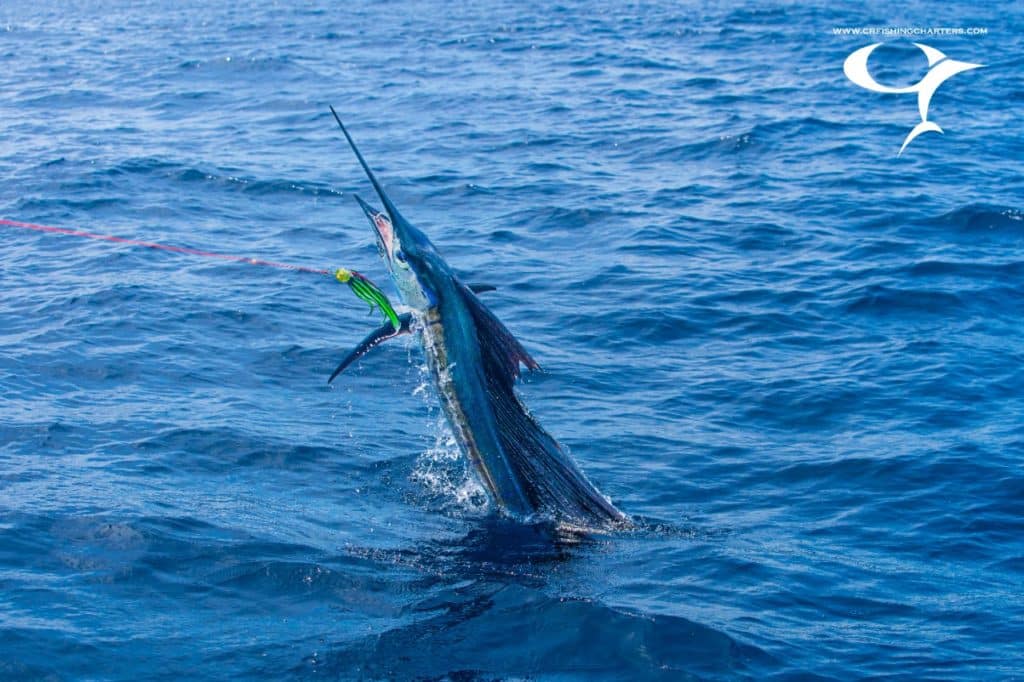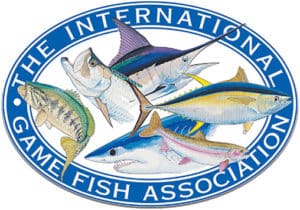
Sailfish sportfishing is a popular and thrilling form of recreational fishing that attracts anglers from all over the world. Sailfish are known for their impressive speed and acrobatics, making them one of the most exciting species to catch. Whether you’re a seasoned angler or a newcomer to the sport, sailfish fishing is a must-try experience that you won’t soon forget.
Sailfish are a type of billfish, along with species such as marlin and swordfish. Sailfish are found in warm, tropical waters all over the world, including the Atlantic, Pacific, and Indian Oceans. Sailfish are typically smaller than marlin, with a maximum weight of around 200 pounds, but they are known for their incredible speed and agility, making them a true test for any angler.
Sportfishing for sailfish typically involves using a large fishing boat, equipped with high-quality fishing gear, including fishing rods, reels, and lines. The boat will also be equipped with a range of fishing accessories, such as outriggers, downriggers, and lures. When fishing for sailfish, it is important to have a good understanding of the species’ habits and patterns, as well as the local fishing conditions, in order to maximize your chances of success.
One of the keys to successful sailfish fishing is choosing the right bait. The type of bait you use will depend on the species of sailfish you are targeting, as well as the local fishing conditions. Some common types of bait used for sailfish fishing include live bait, such as mackerel, ballyhoo, or mullet, and dead bait, such as bonito or skipjack. Lures are also commonly used, and they can be effective in attracting sailfish, especially in areas where baitfish are scarce.
Once you have your bait and gear ready, the next step is to head out to the fishing grounds. The best time to fish for sailfish depends on the species you are targeting, as well as the local fishing conditions. In general, the best time to fish for sailfish is in the late fall or early winter, when the water temperatures are cooler and the fish are more active.
Once you have located a good fishing spot, you will drop your lines and begin trolling, which involves slowly pulling your bait through the water behind the boat. As you troll, you will be on the lookout for any signs of sailfish, such as jumping or tail slapping. If you see a sailfish, you will set the hook and begin reeling in the fish. Fighting a sailfish is no easy feat, and it can take several hours to land a large specimen.
One of the best things about sailfish fishing is the sense of camaraderie that develops among the anglers. Whether you’re fishing with friends or with a group of strangers, the experience of fighting a sailfish is an adrenaline-filled, team effort that requires coordination and cooperation. Once the sailfish is landed, it is typically measured, weighed, and tagged, and then released back into the water.
Sailfish fishing is also a great way to support local conservation efforts. Many fishing communities, including those in Central America, have established programs to conserve and protect their local sailfish populations. These programs include catch and release policies, as well as initiatives to promote sustainable fishing practices, such as the use of circle hooks, which are less harmful to the fish than traditional J-hooks.
In conclusion, sailfish sportfishing is a thrilling and rewarding experience that is suitable for anglers of all skill levels. Whether you’re fishing for the thrill of the fight or simply to admire these beautiful fish, CR Fishing charters has the best selection of boats for you to make your Sailfish fishing experiences a must-do for you Costa Rica vacation.



